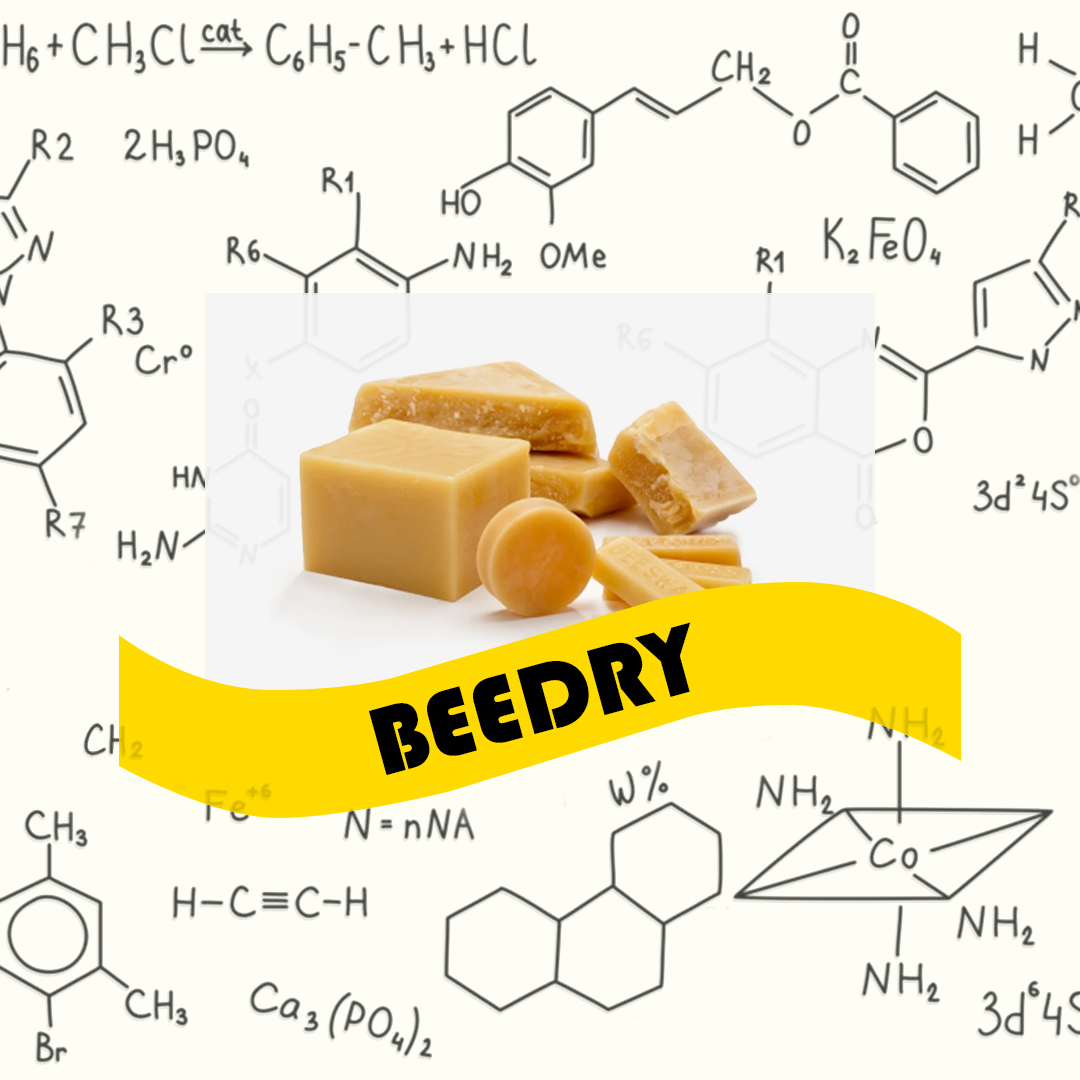
Bridging nanoscience and real-world applications to develop innovative, sustainable solutions for agriculture and material delivery

During the UCLA Nanoscience Summer Institute, I explored cutting-edge nanotechnology to address real-world agricultural and material delivery challenges. Through interdisciplinary research, I developed a nanoparticle-based delivery system and a beeswax-based spray for crop protection, integrating experimental design, market analysis, and public communication. The project not only deepened my understanding of nanoscience but also strengthened my ability to translate laboratory research into practical, impactful solutions.
Role
Researcher, Product Developer
Methodologies
Experimental Design, Data Analysis, Nanoparticle Synthesis, Prototype Development, Market Modeling, Public Presentation
The project originated from a shared challenge in modern agriculture — the need for targeted, efficient, and eco-friendly pest and disease control. Through initial literature review and discussions with instructors, I identified two parallel research questions that could be addressed through nanoscience:
1. How can nanoparticle systems deliver active compounds in a controlled, sustained manner?
2. How can natural, biodegradable materials be engineered to act as protective barriers for crops?
By approaching these questions together, the research aimed to bridge scientific innovation with real-world agricultural needs, reducing environmental harm while enhancing effectiveness.
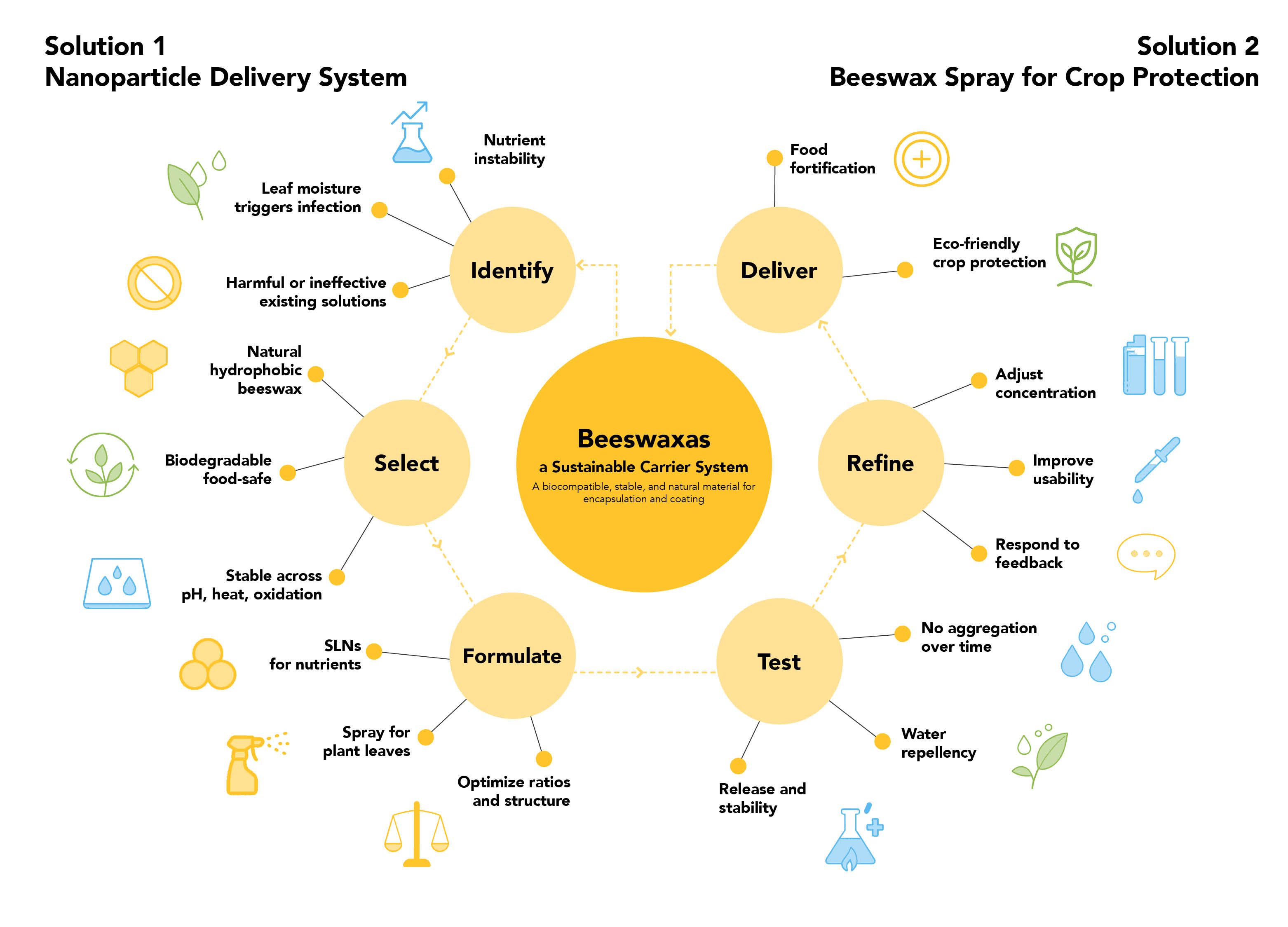
I designed and tested a nanoparticle-based system to release active agents over time.
Experimental Setup: Developed a step-by-step protocol, from material exploration to experimental design, data analysis, and result interpretation.
Key Findings: Comparative microscopy images and release curve data revealed that the nanoparticle system provided a significantly longer release duration than conventional methods, ensuring sustained effectiveness.
Impact: This solution demonstrated how nanotechnology could optimize dosage efficiency, reduce chemical waste, and enhance precision in agricultural applications.
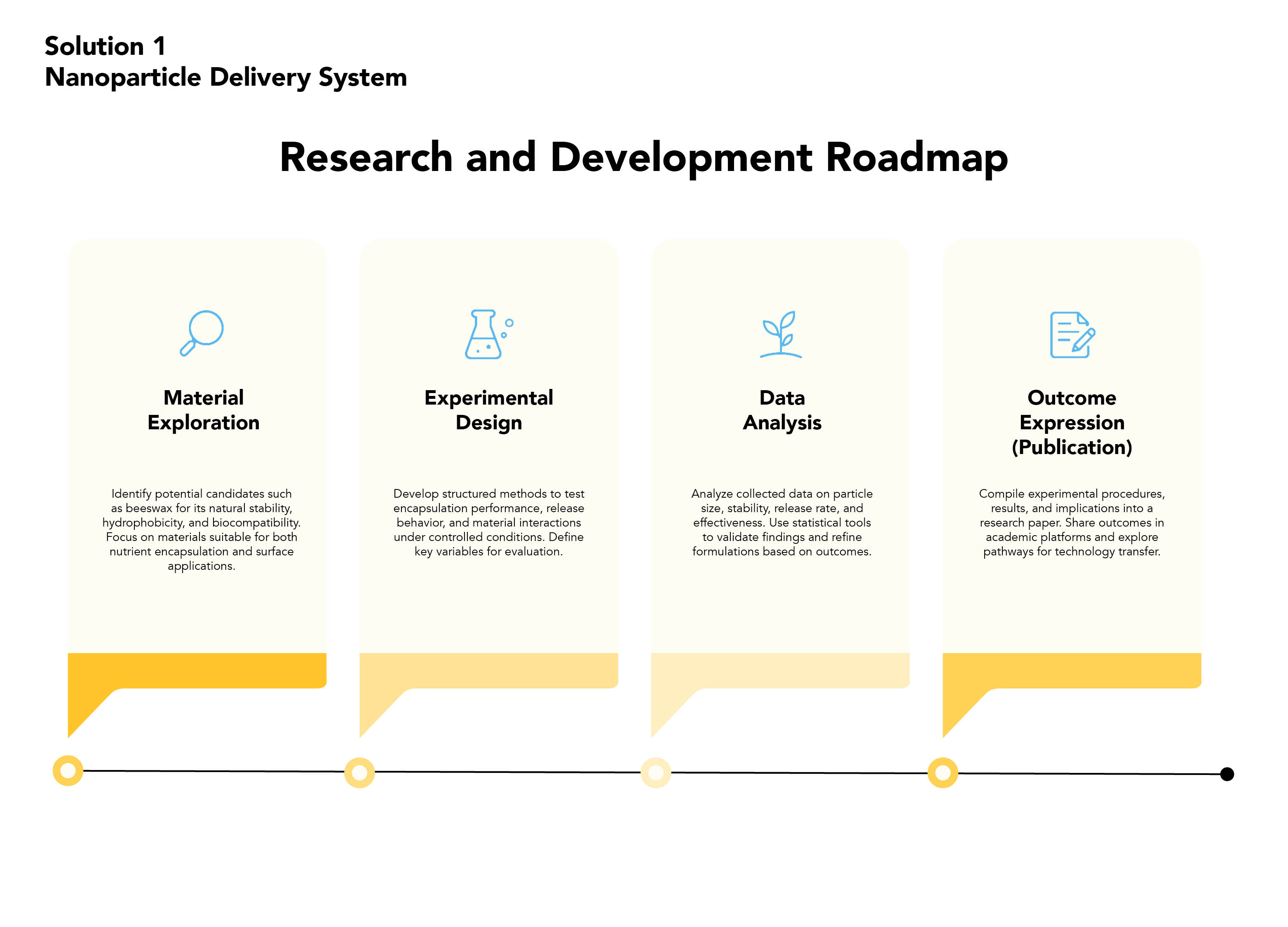
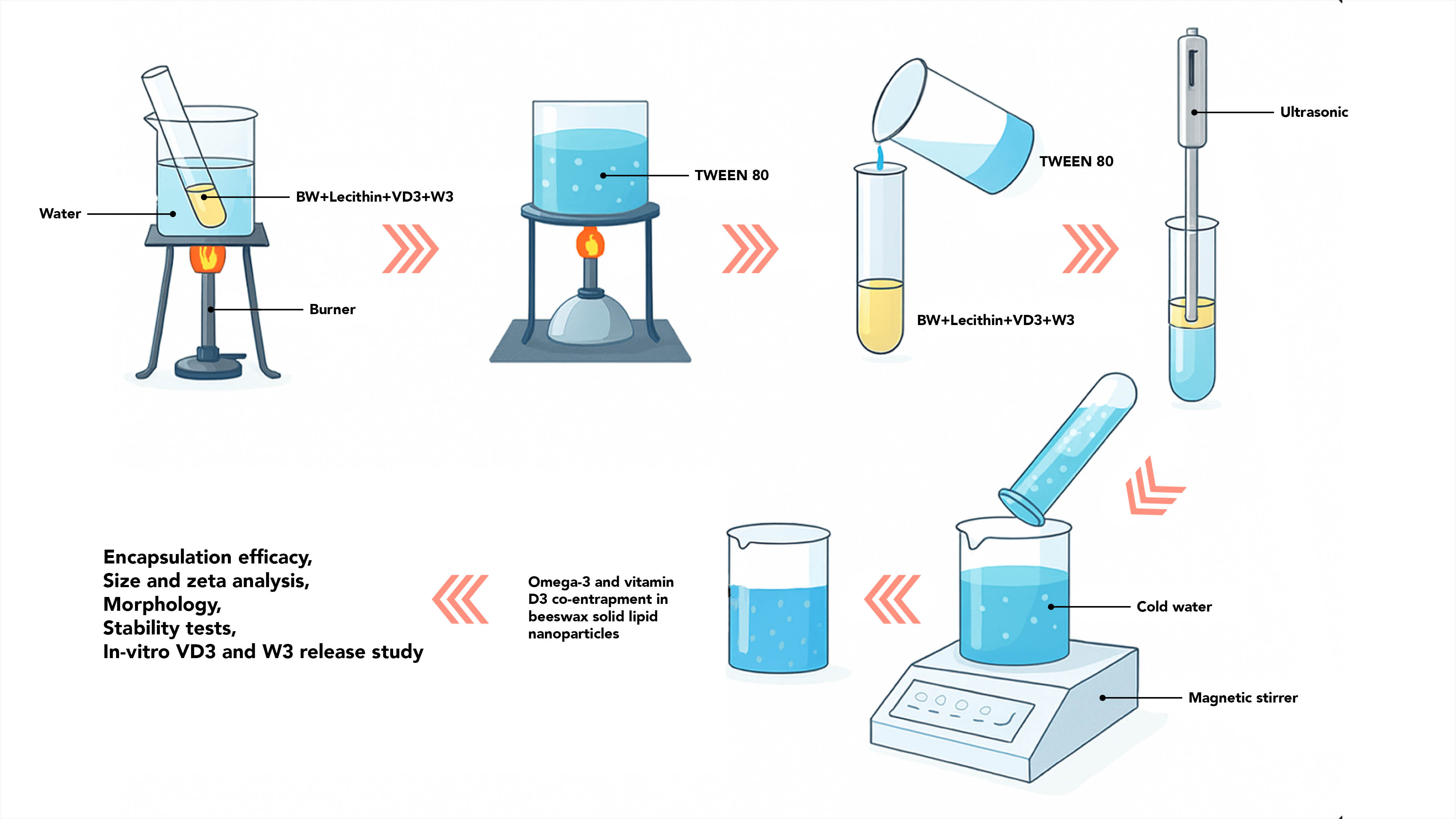

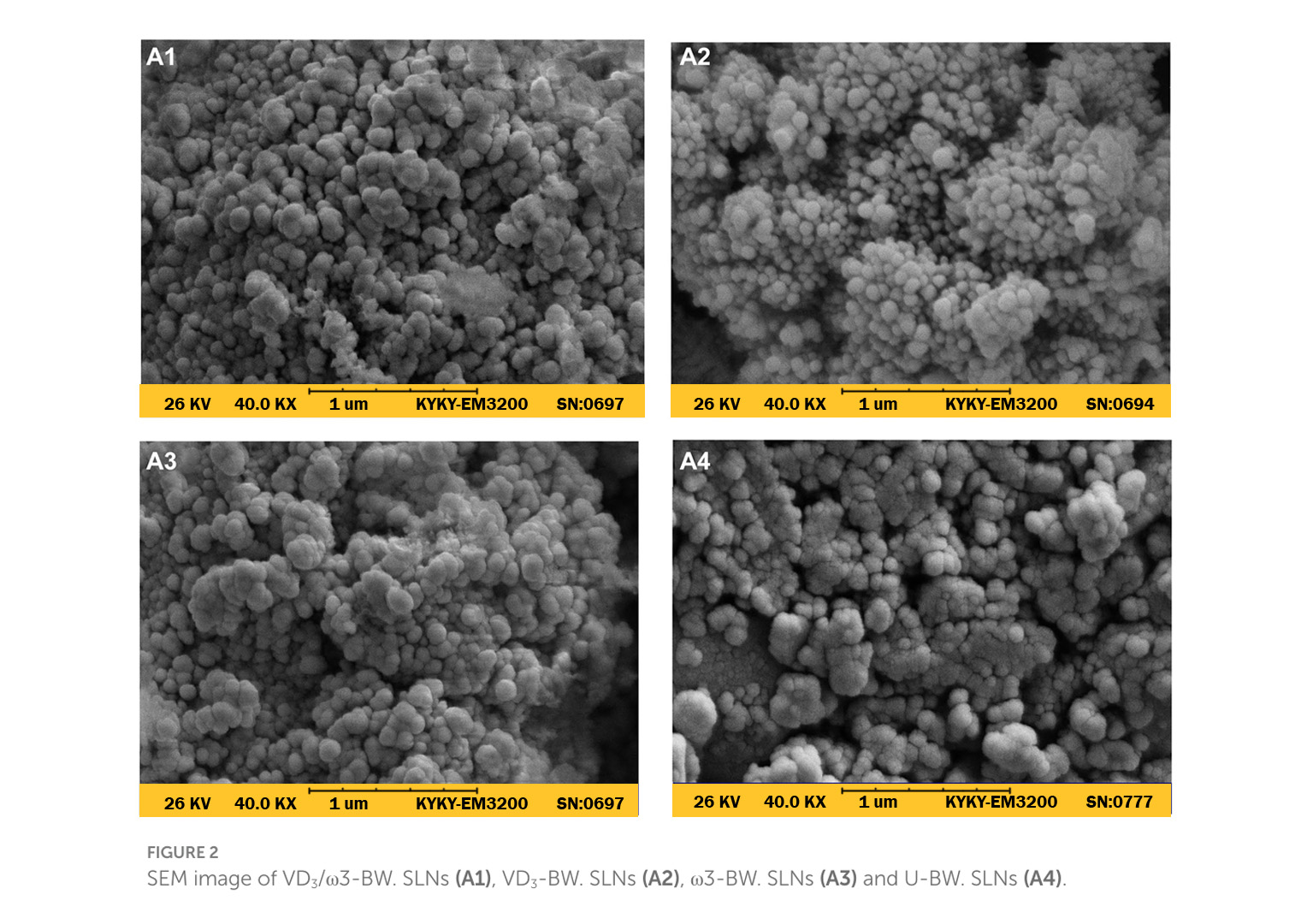
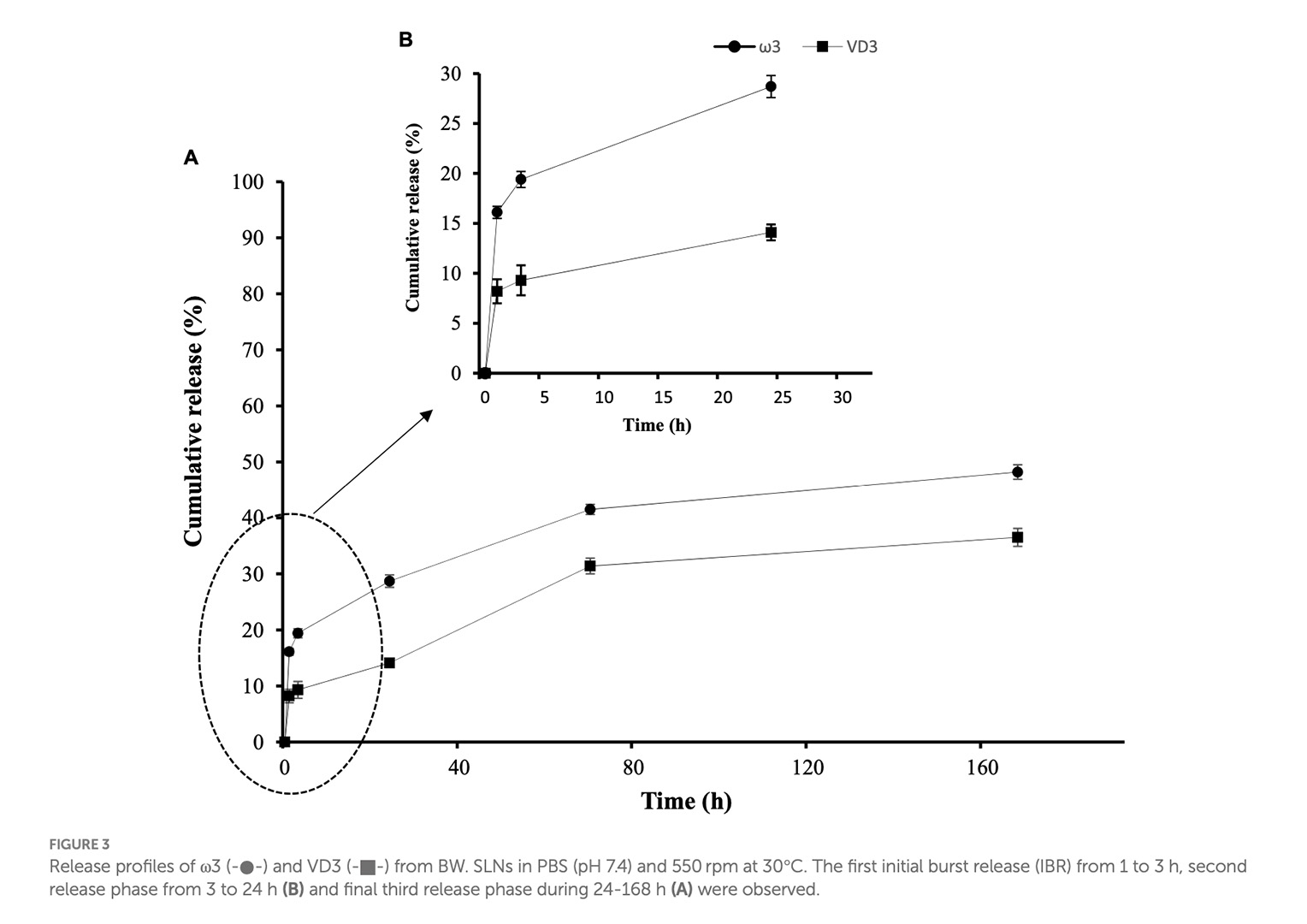
Inspired by the protective structure of honeycombs, I explored the use of beeswax as a biodegradable, non-toxic spray to shield crops from pesticide residues and fungal infections.
From Lab to Field: Mapped the transfer of scientific ideas into a practical prototype, considering agricultural pain points like chemical overuse and plant disease vulnerability.
Prototype Design: Created and tested a beeswax spray formula, producing a functional model for potential large-scale application.
Market Modeling: Conducted SWOT and financial modeling to assess market potential, production costs, and scalability.
This approach leveraged biomimicry to provide a safe, sustainable, and farmer-friendly crop protection solution.


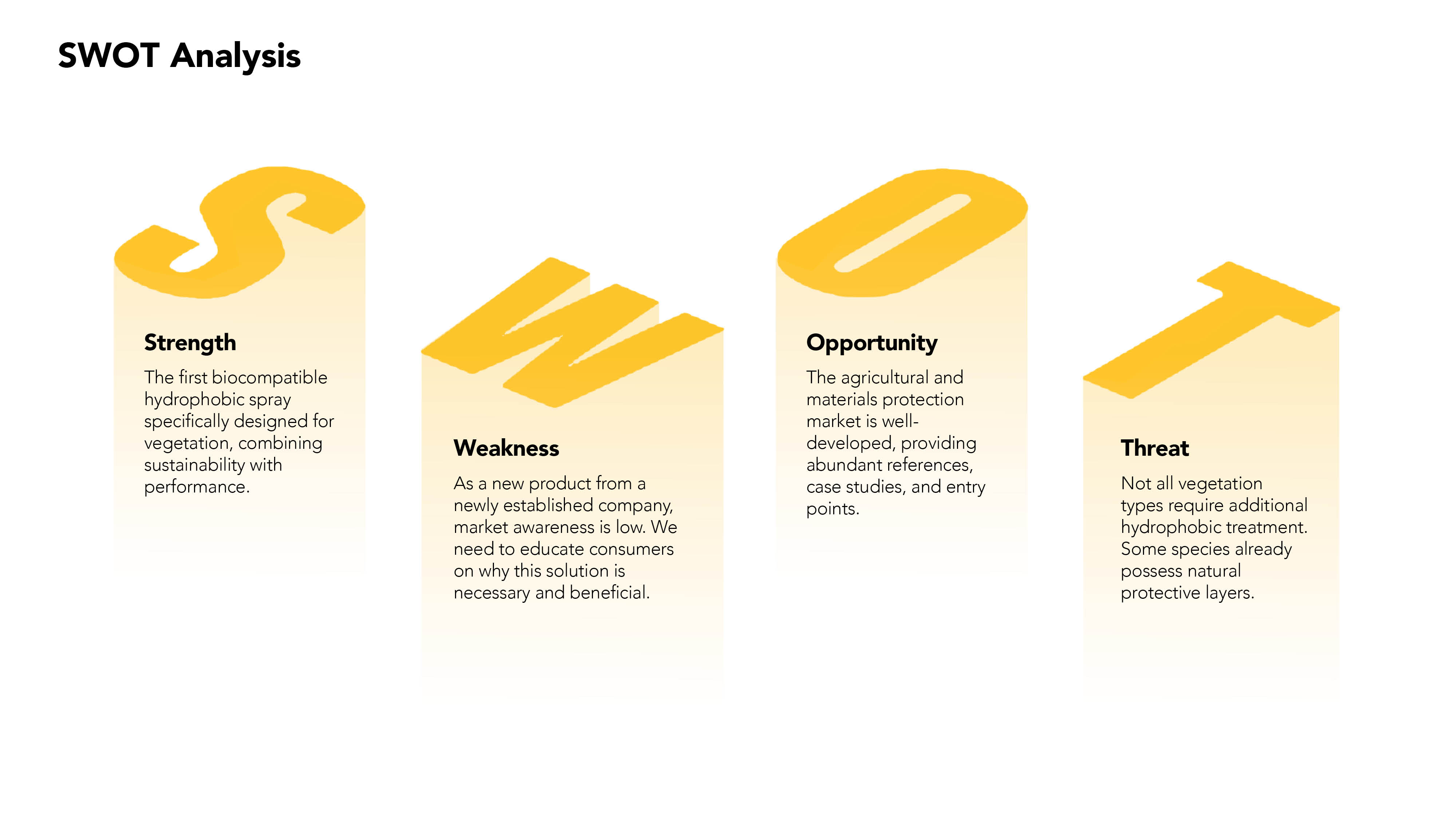
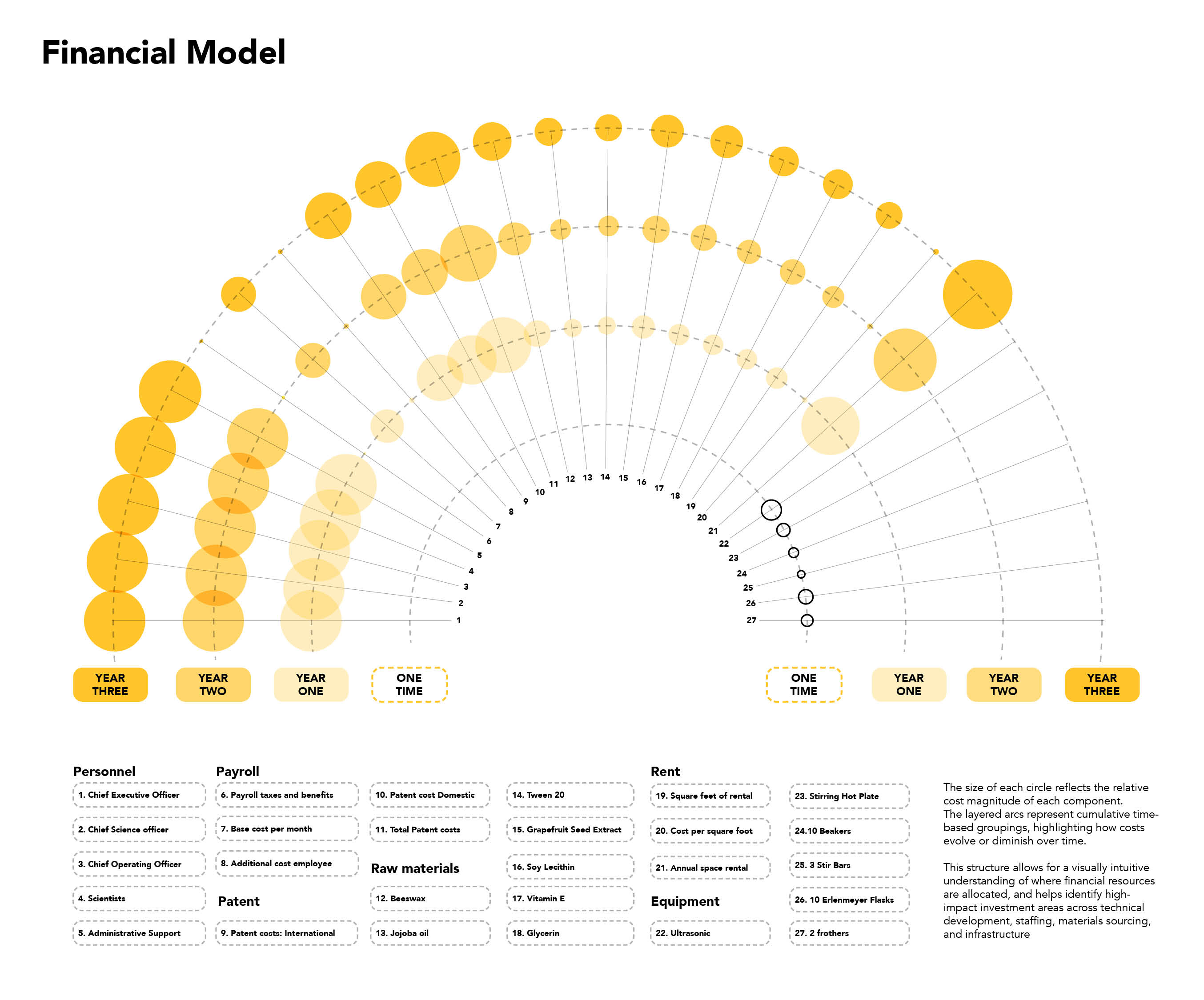
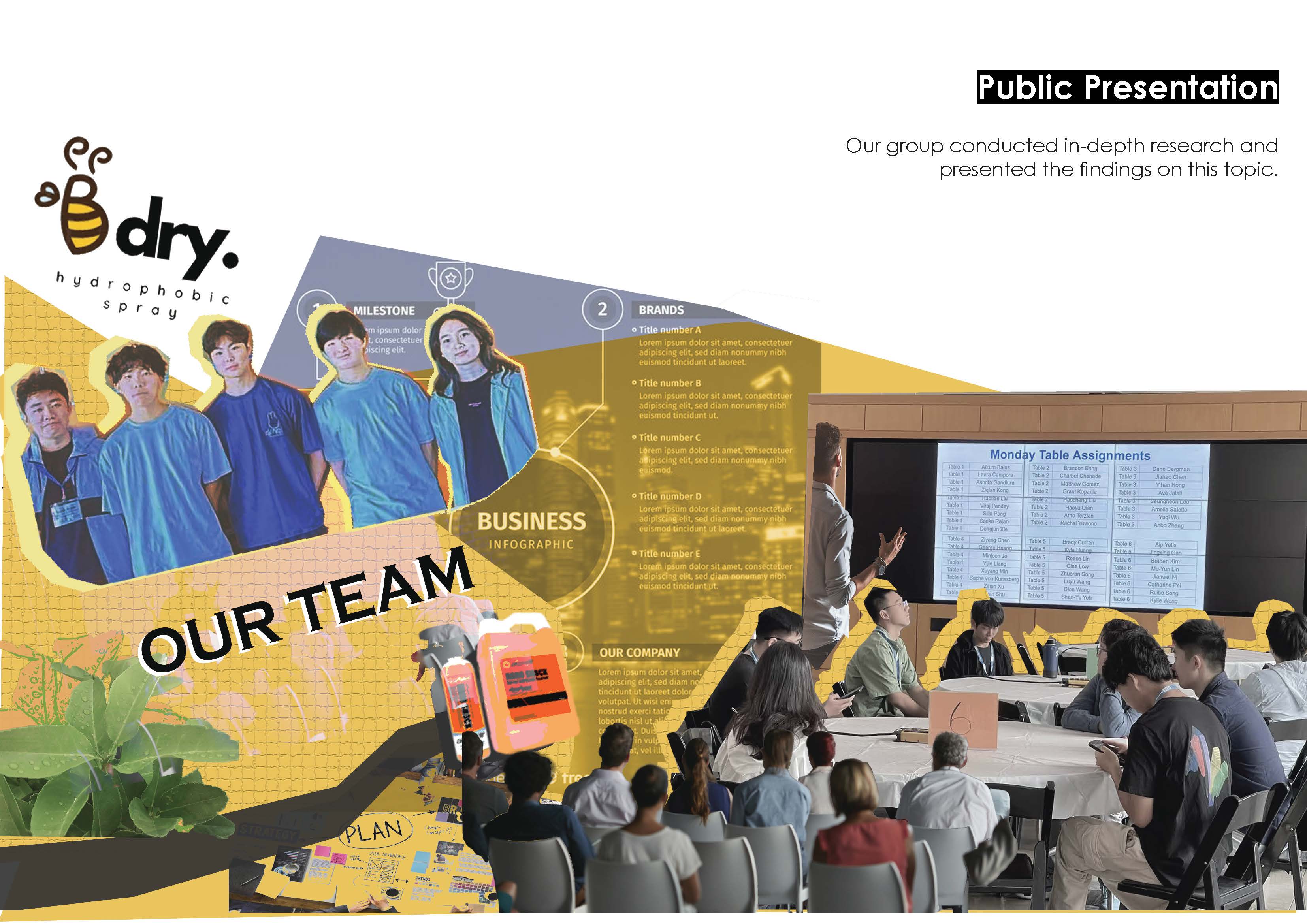
Strengthened my skills in experimental design, data analysis, and prototype development.
Learned to evaluate commercial feasibility and present findings effectively to both scientific and non-scientific audiences.
This experience reinforced my passion for applying science to address pressing environmental and agricultural challenges, laying the groundwork for future research in sustainable technology.